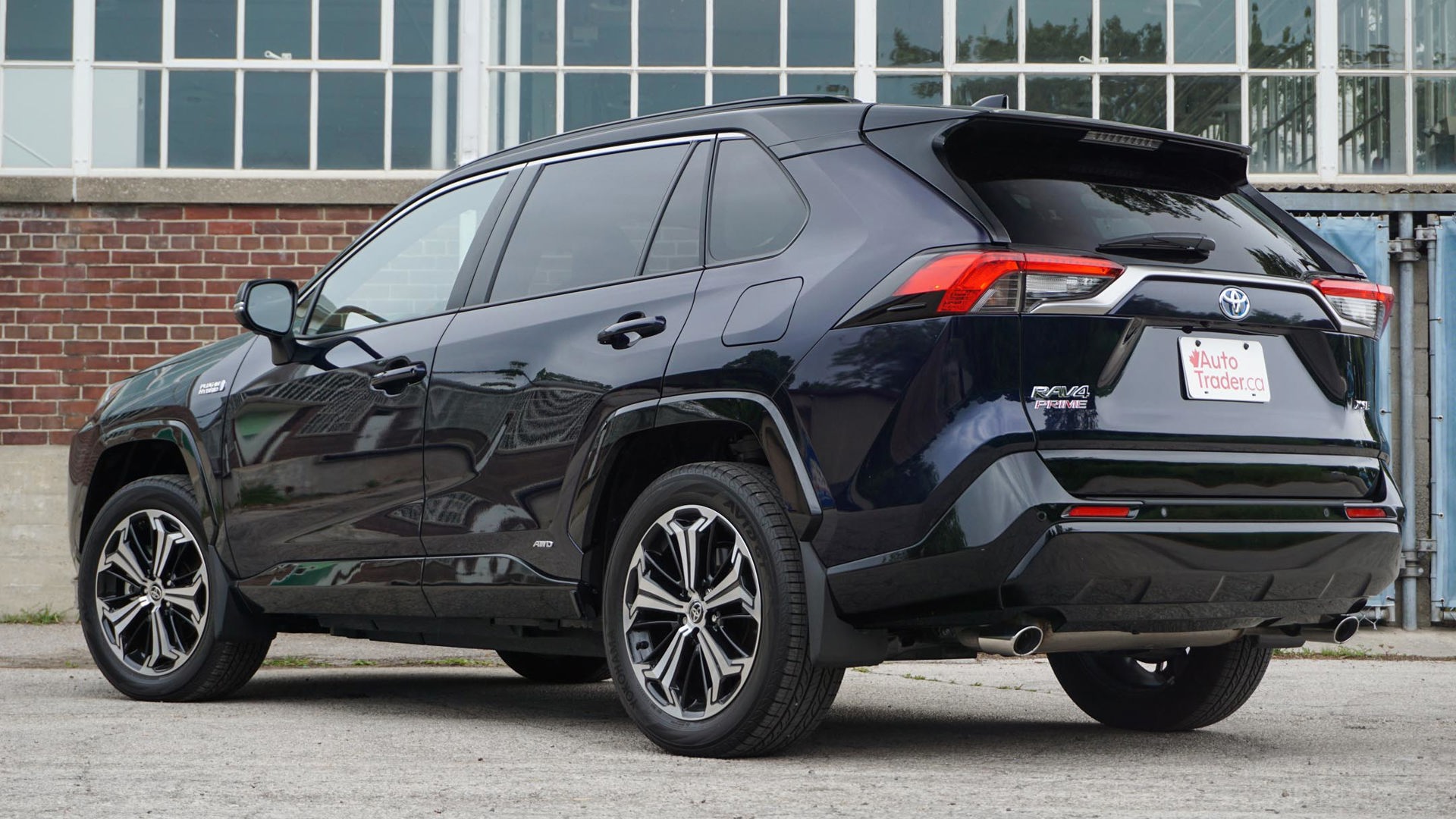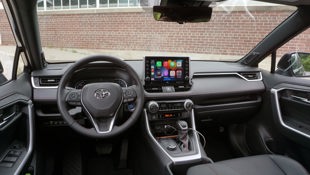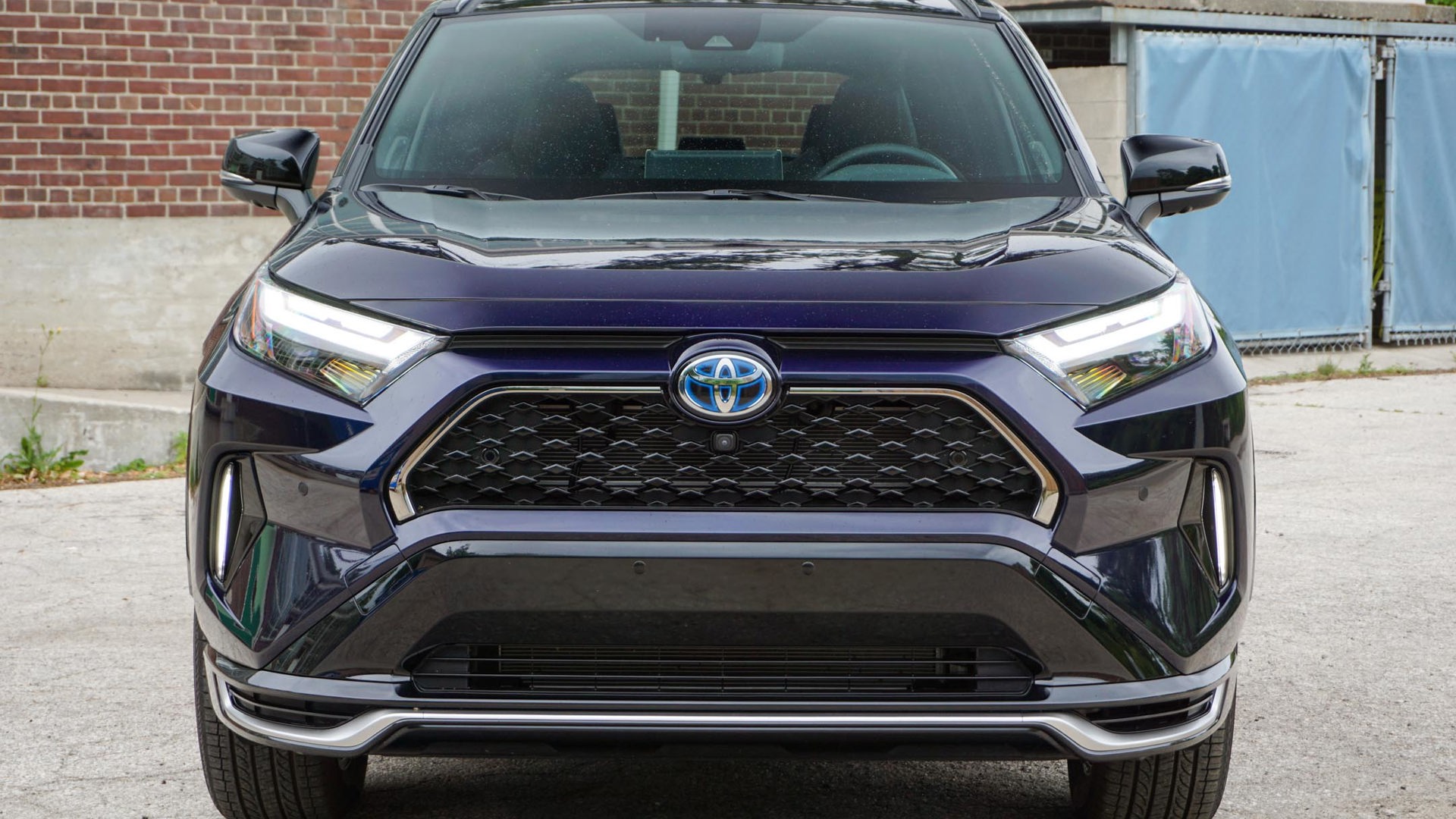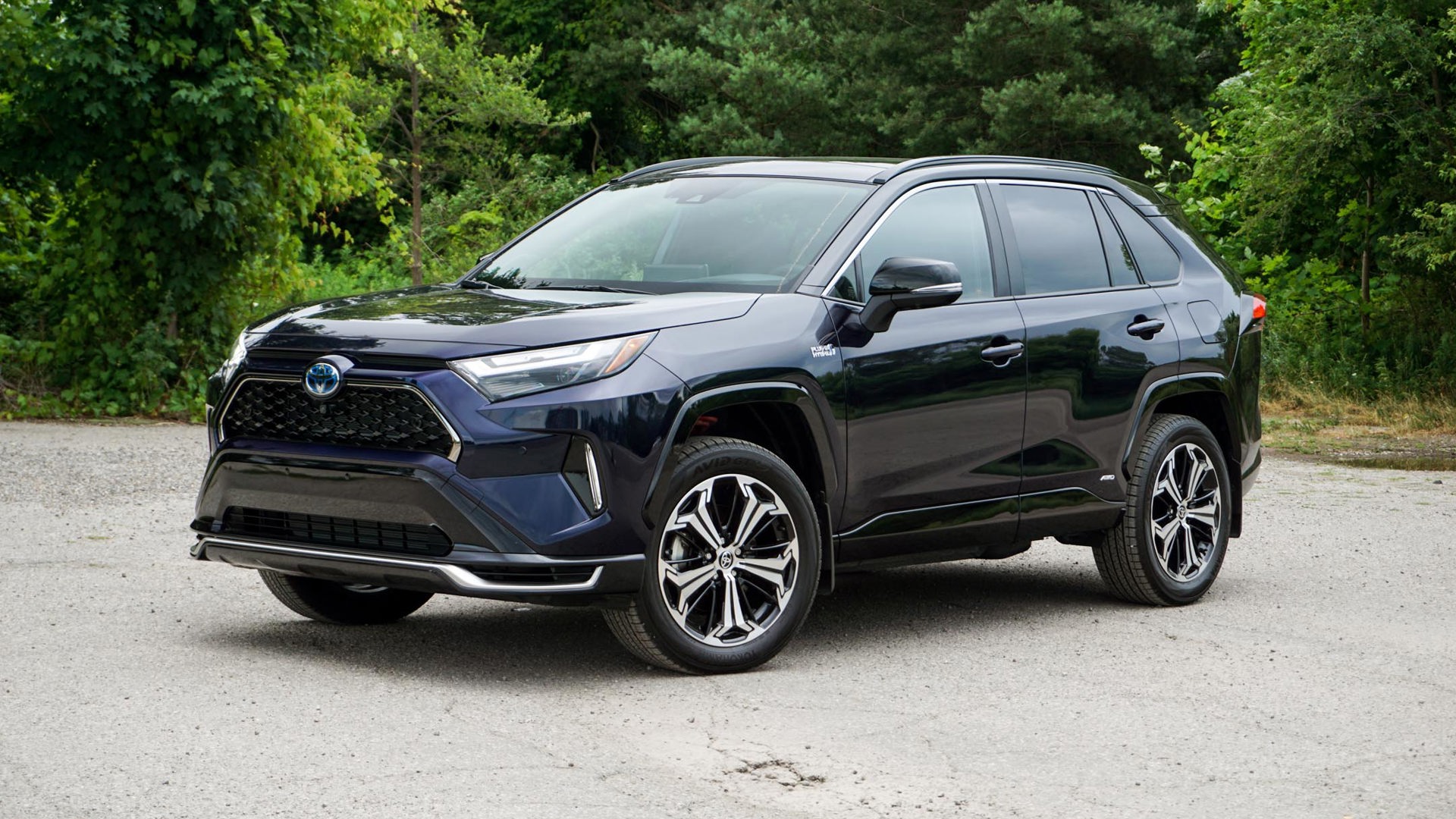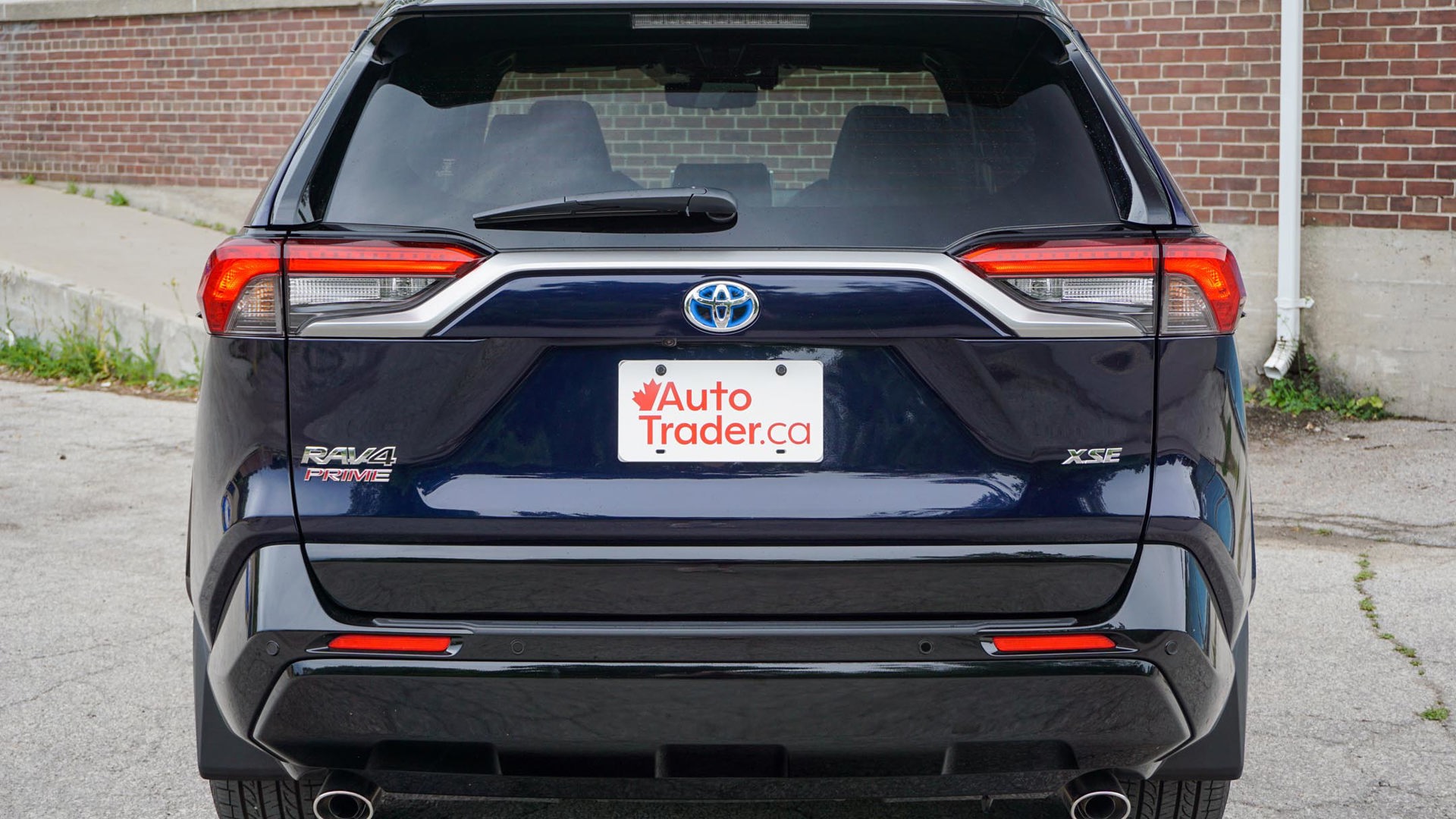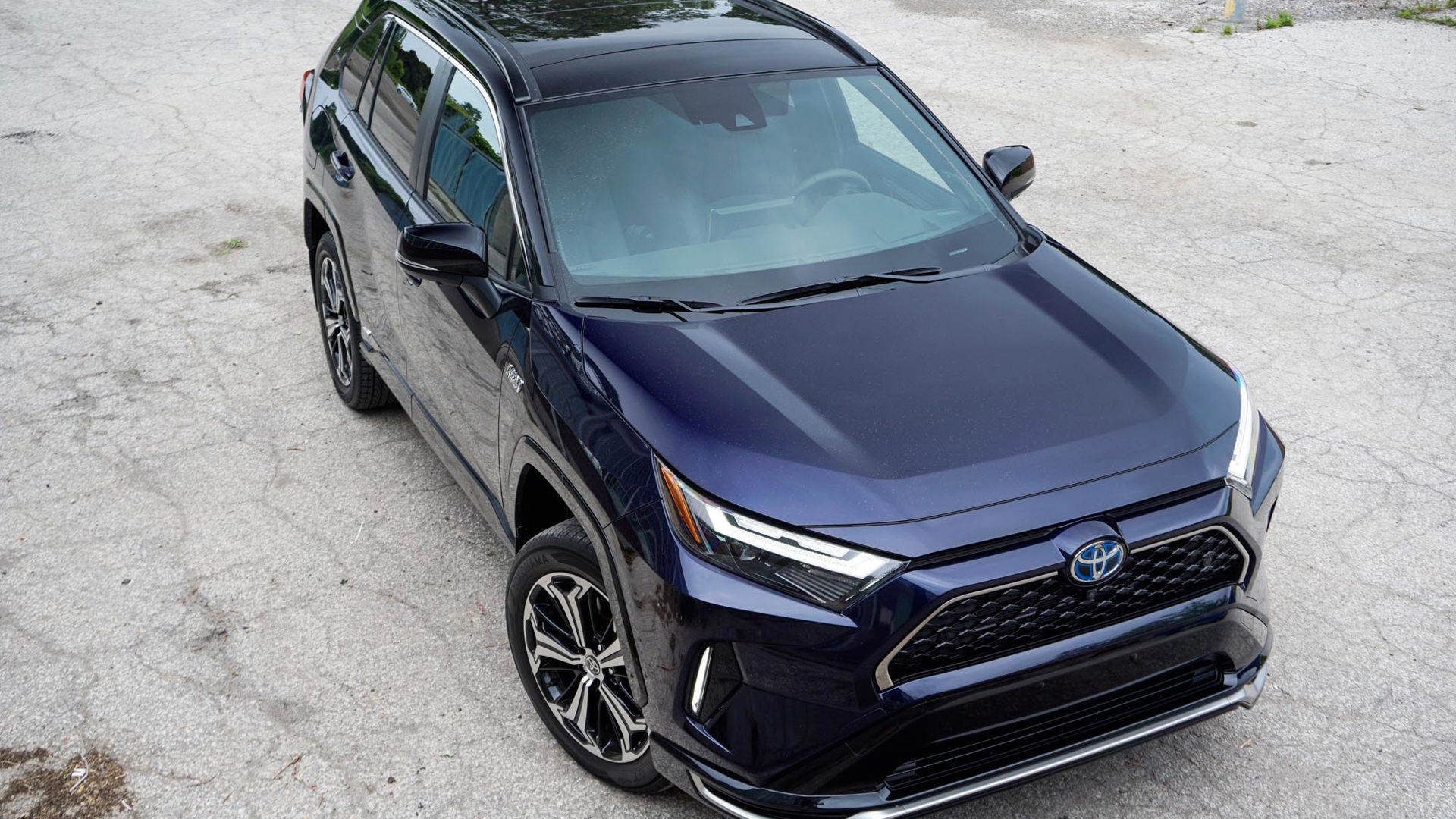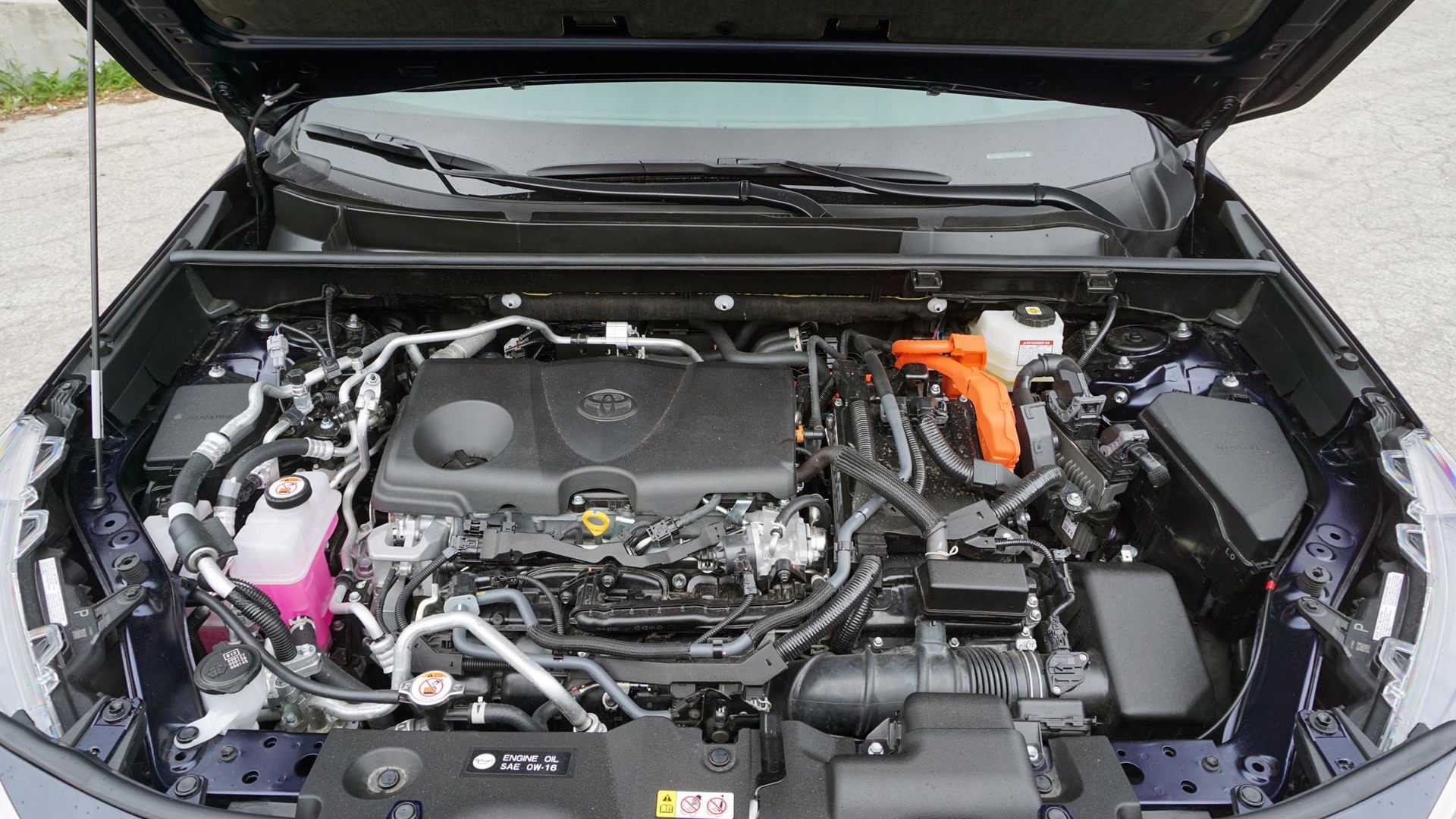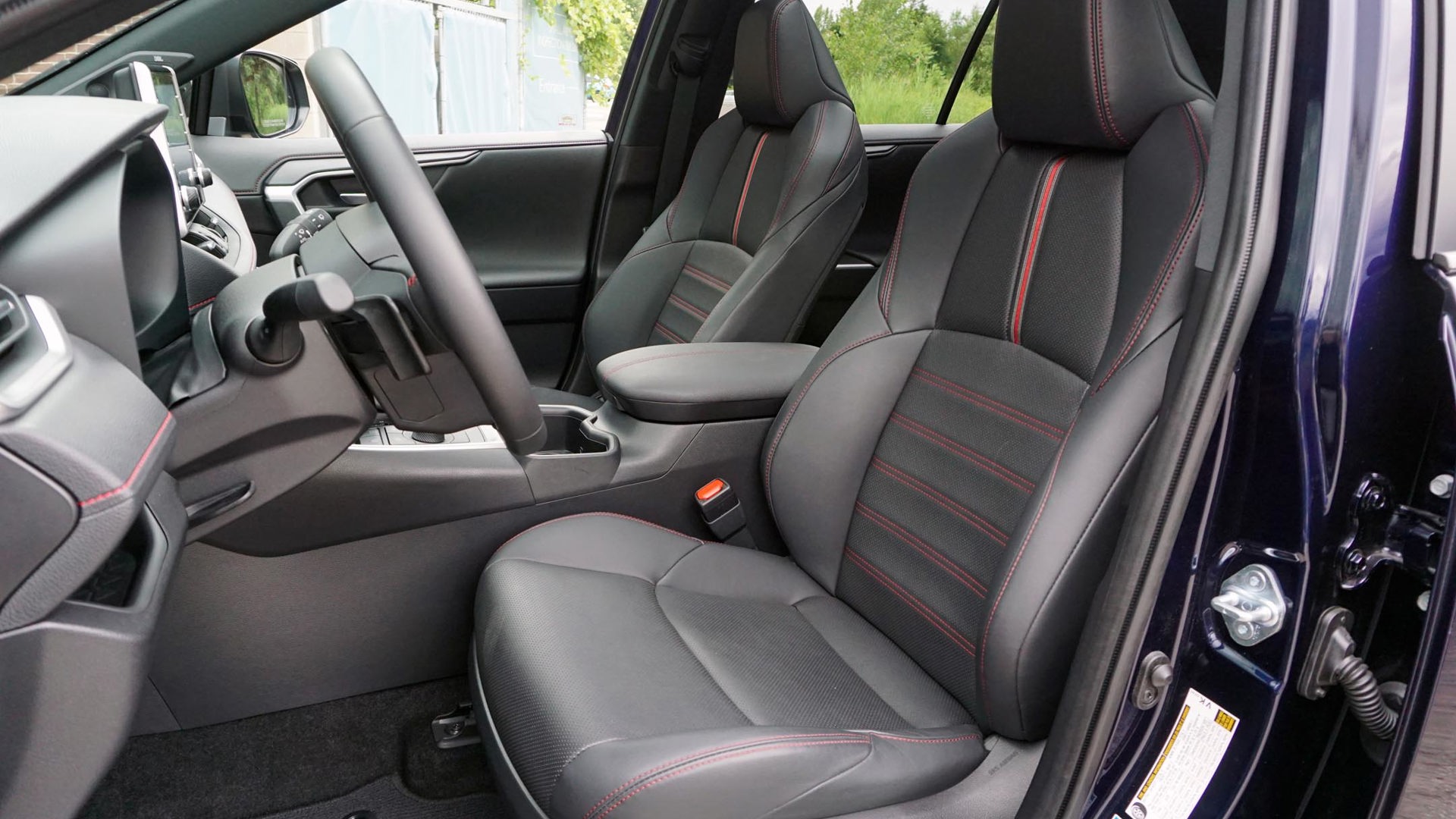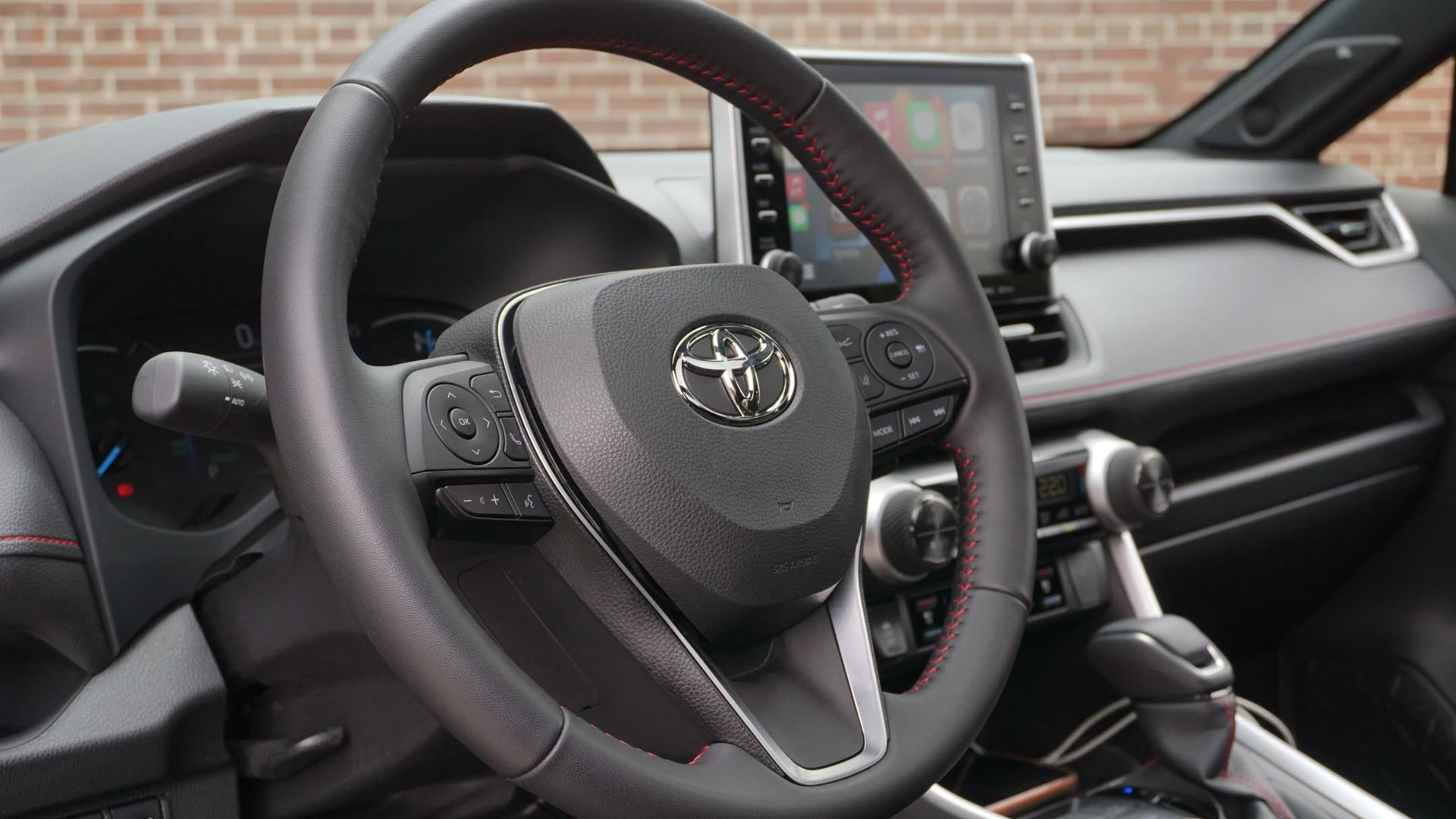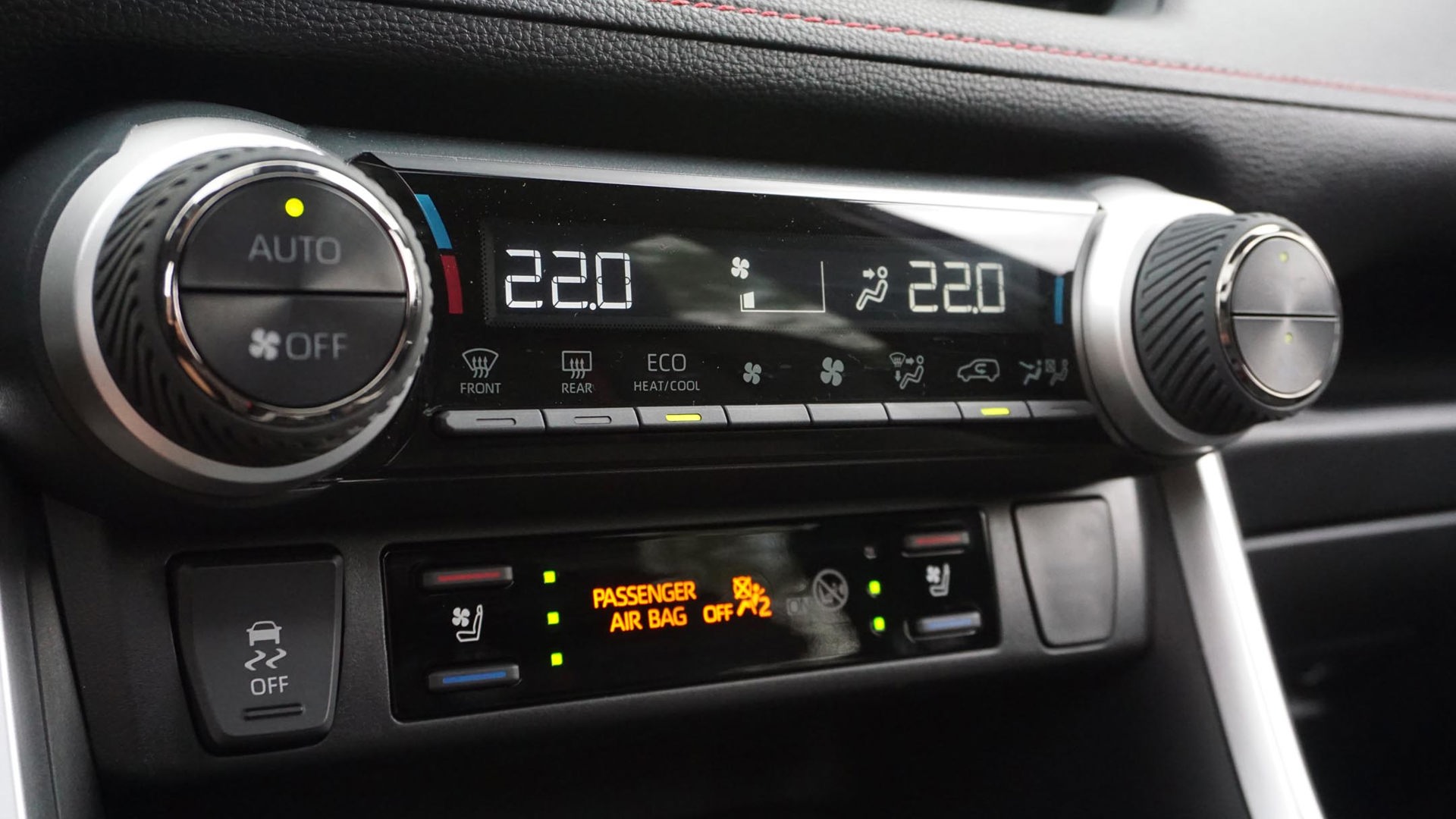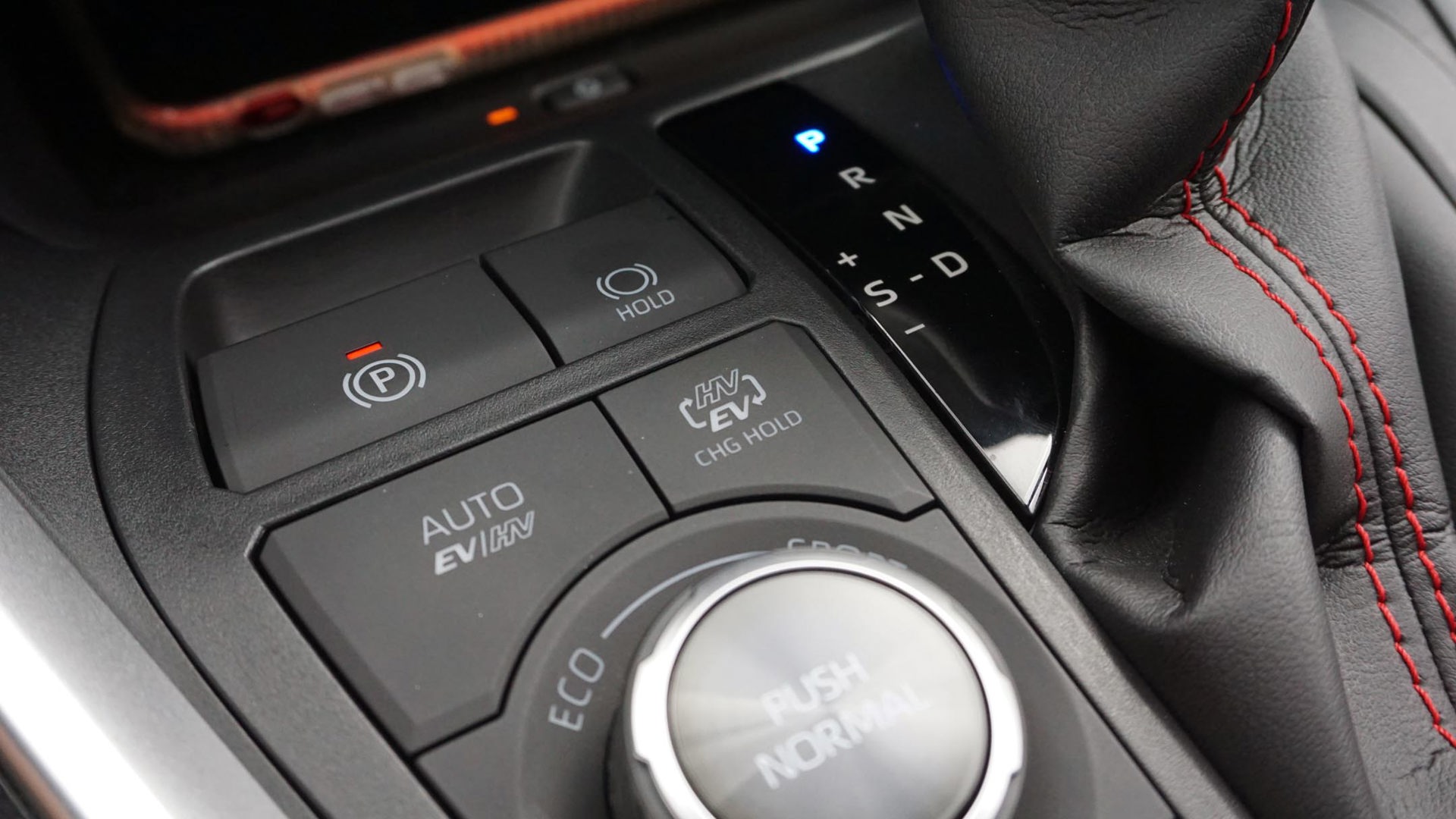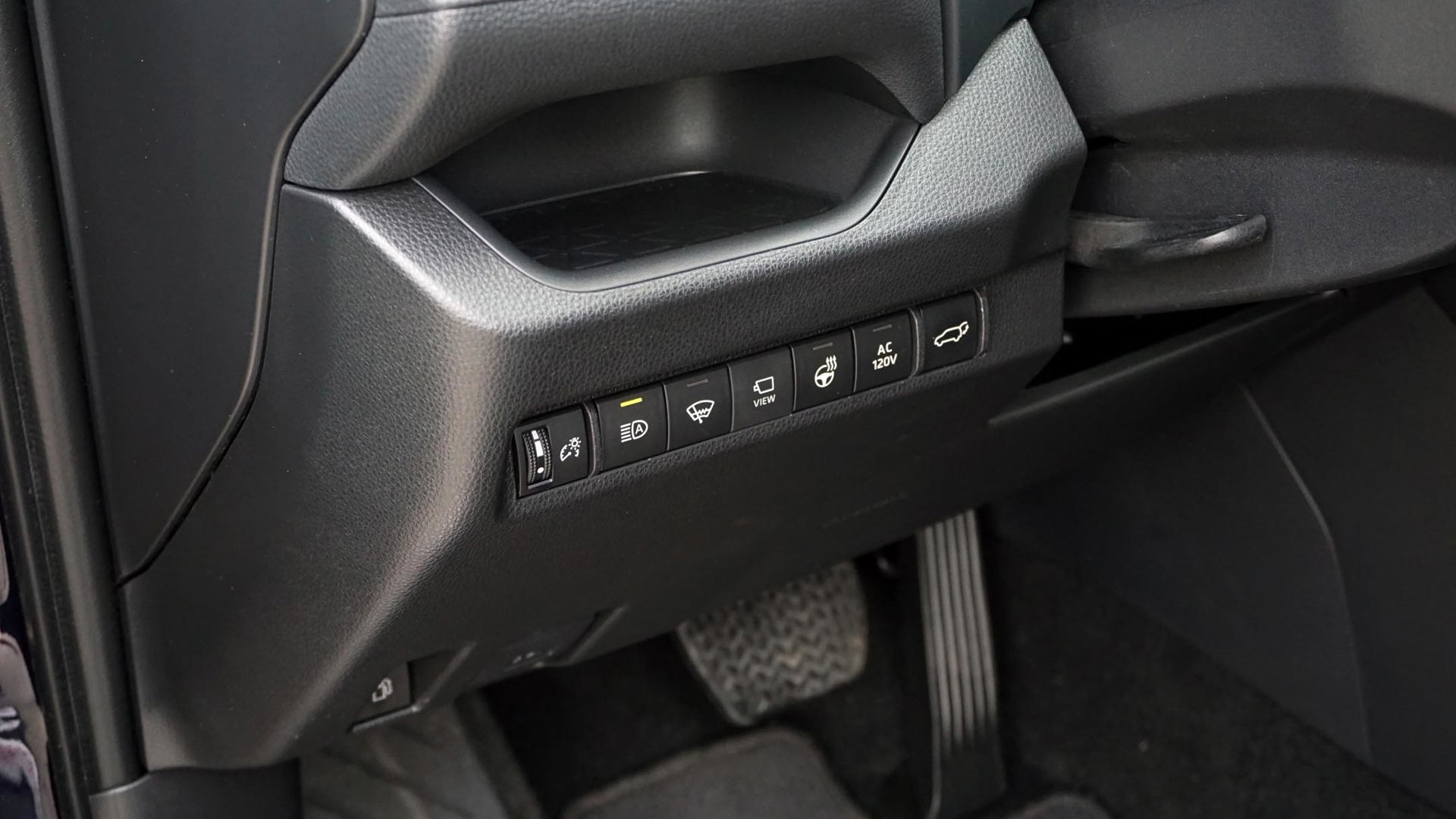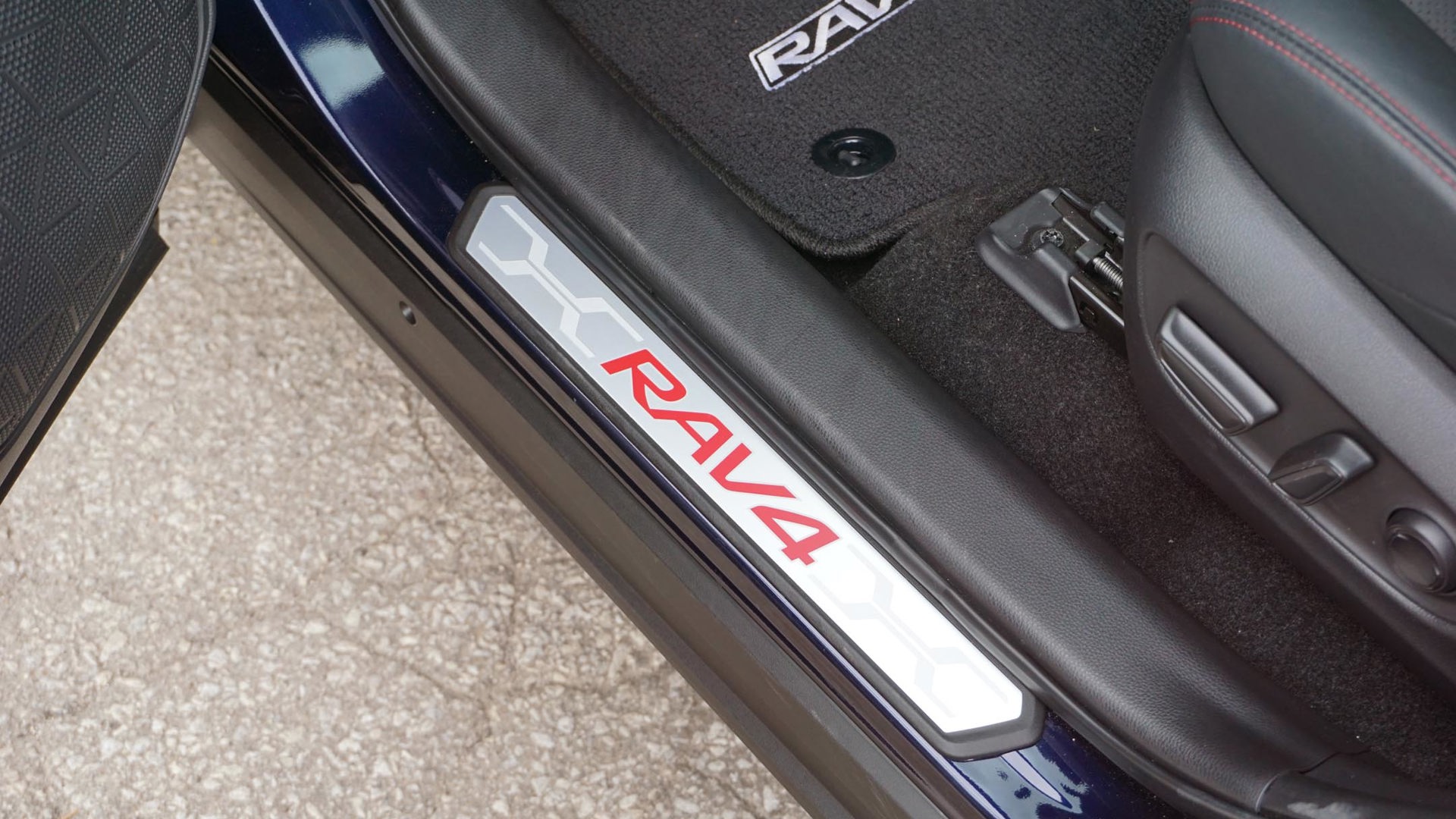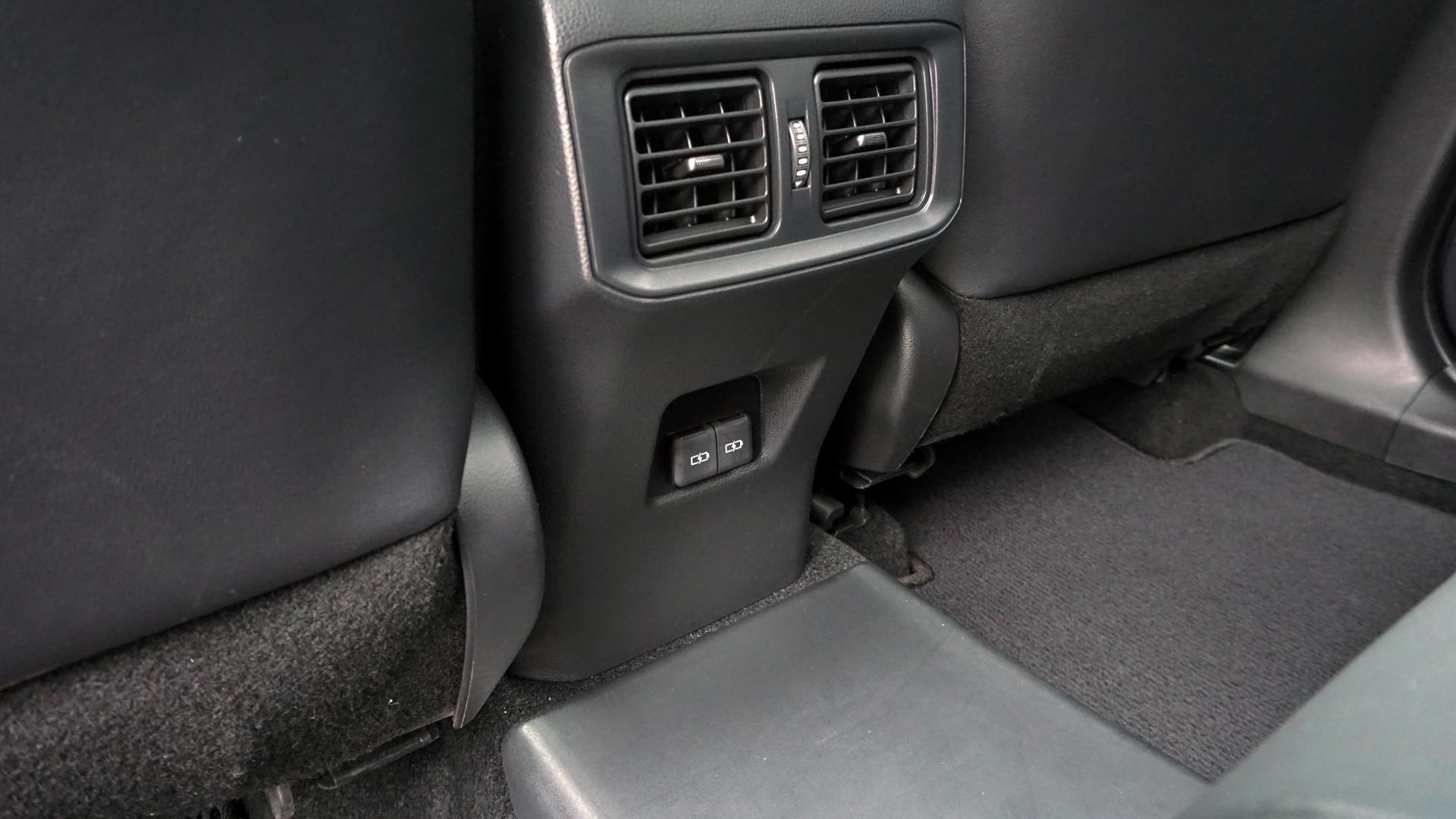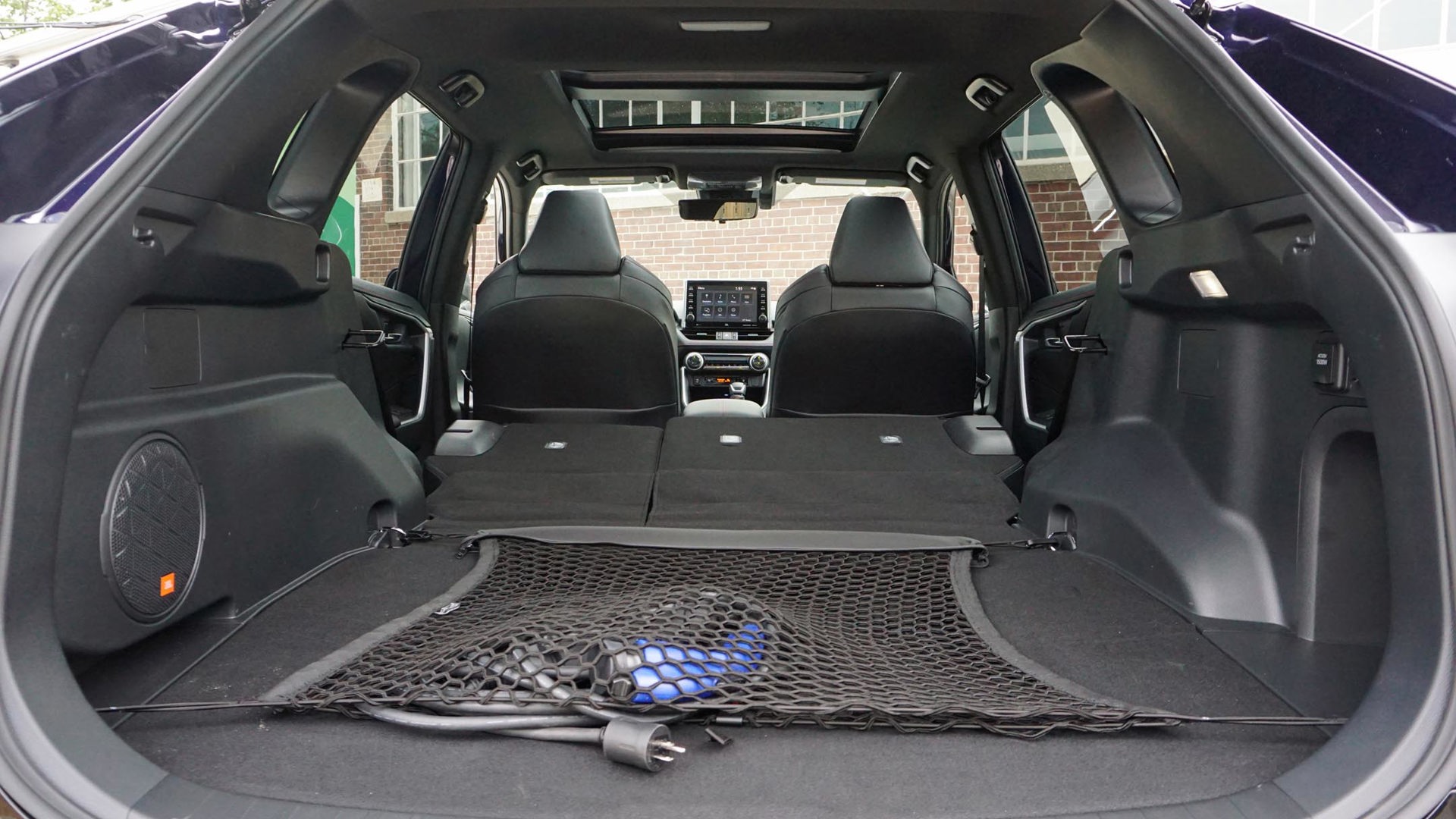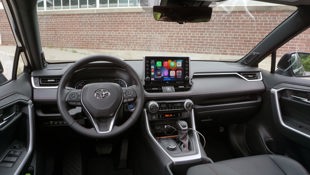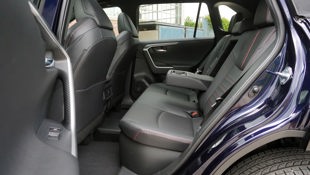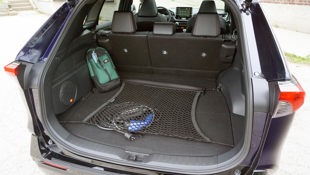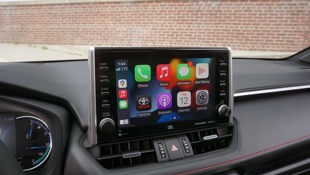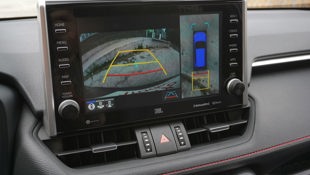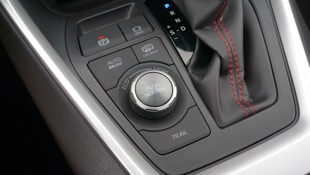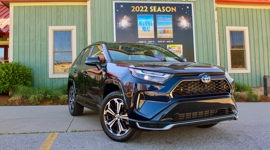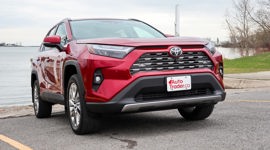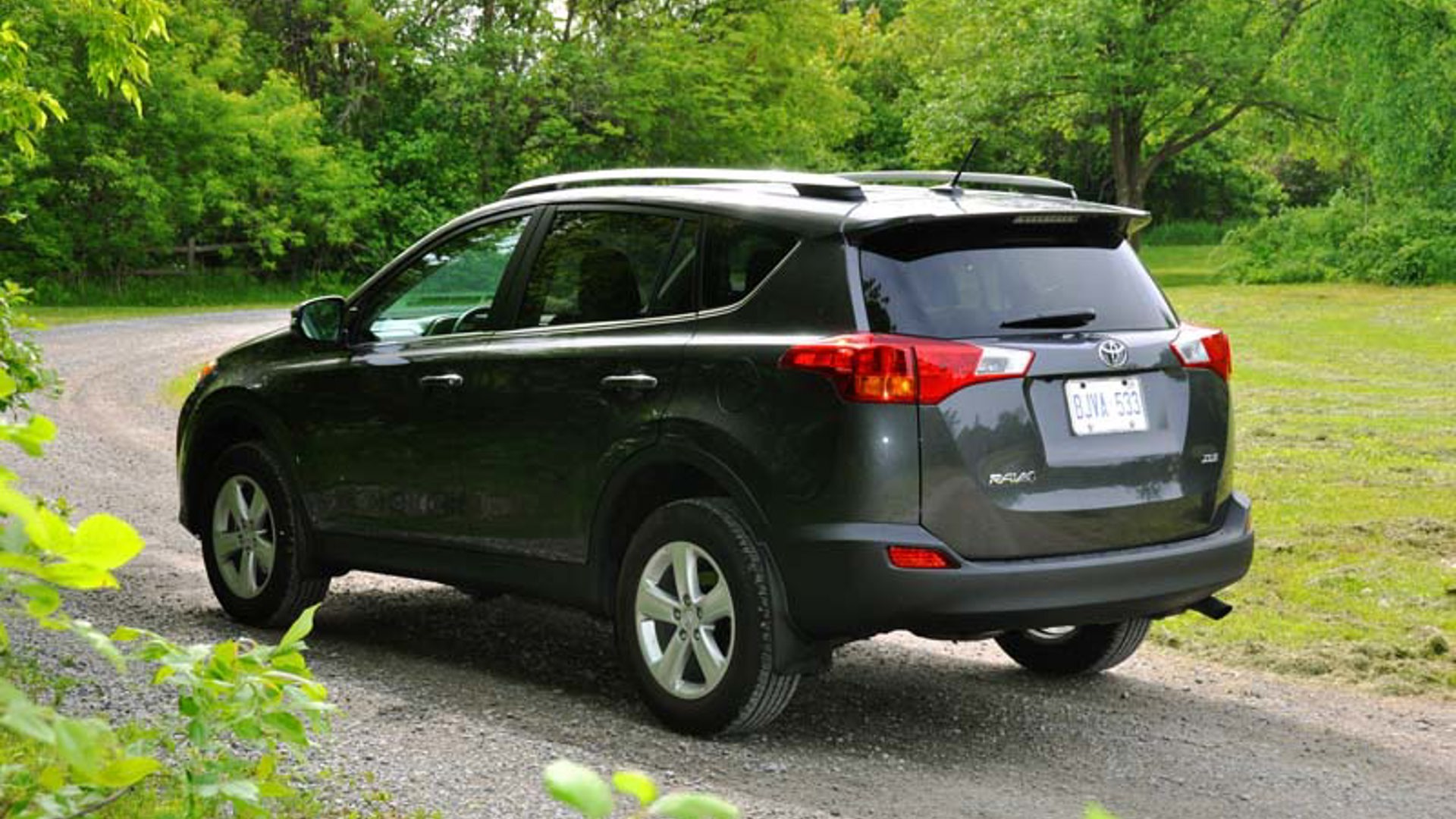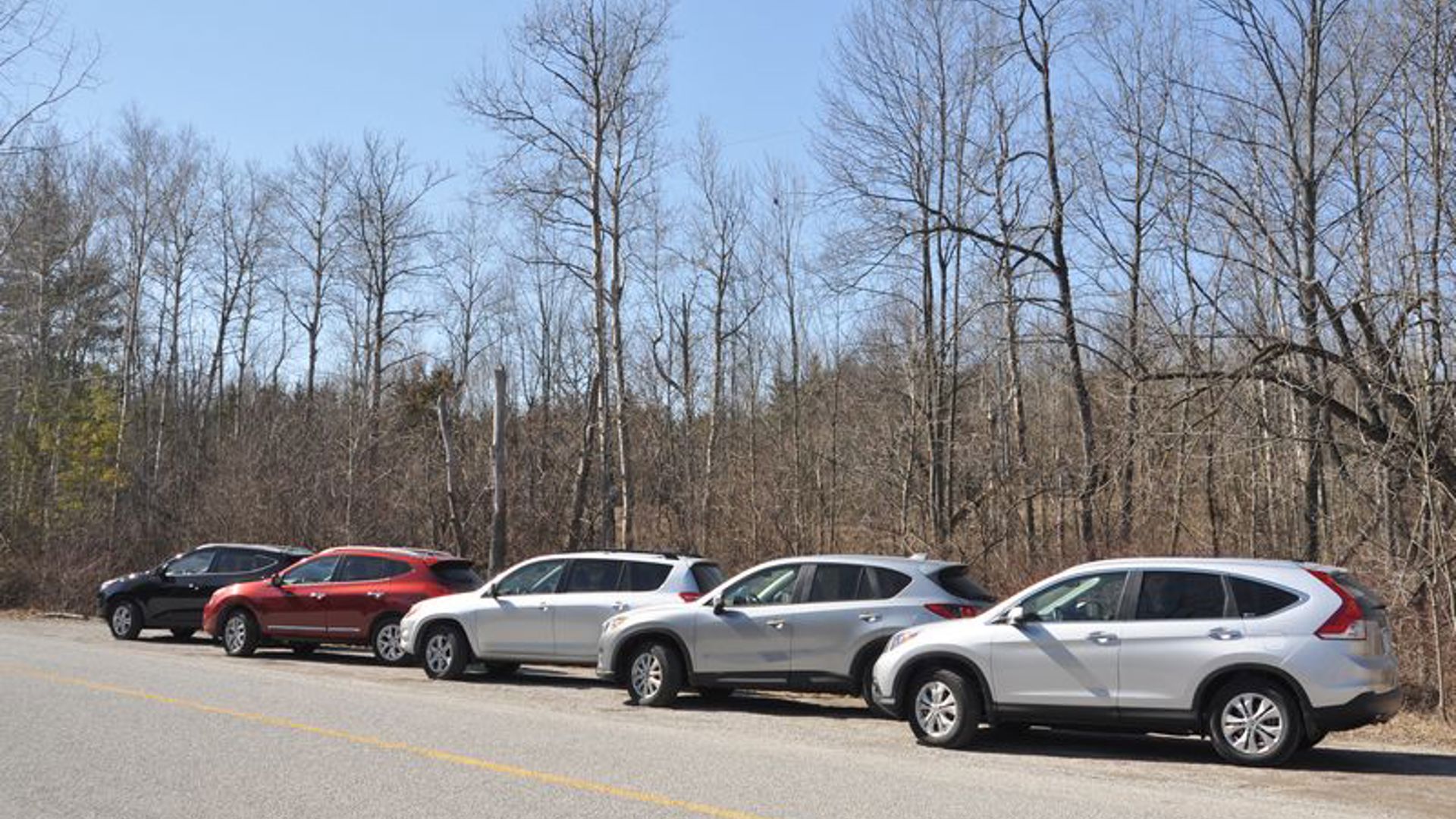 AutoTrader SCORE
AutoTrader SCORE
-
STYLING9/10
-
Safety9/10
-
PRACTICALITY8/10
-
USER-FRIENDLINESS8/10
-
FEATURES9/10
-
POWER10/10
-
COMFORT9/10
-
DRIVING FEEL8/10
-
FUEL ECONOMY10/10
-
VALUE7/10
There’s something oxymoronic – or maybe just ironic – about a rare RAV4, but that’s precisely what this Toyota is.
Demand has been high and supply short since this plug-in hybrid (PHEV) hit the market, which means you might have a hard time getting your hands on a 2022 Toyota RAV4 Prime of your own. Toyota Canada won’t say how many it has moved, but south of the border some 27,707 of these plug-ins were sold last year out of a total of 407,739 RAV4s. Applying a bit of junk science, if the PHEV represented the same 6.8 per cent of the units sold in Canada in 2021, then that works out to just about 4,200 out of 61,933 RAV4s.
Surely the microchip shortage has only made matters worse, with some shoppers reporting lead times of longer than a year – and some even claiming two years – for their RAV4 Prime orders to be fulfilled. And while it’s probably worth the wait for most of you out there, others might be better off picking the conventional hybrid version of this practical and popular compact crossover.
Fuel Economy: 10/10
This PHEV builds on the well-rounded RAV4 that counts as the best-selling passenger vehicle that isn’t a pickup truck in Canada, with an 18.1-kWh lithium-ion battery pack under the back seats that lets it travel a claimed 68 km on a full charge. While that’s not much compared to what full-fledged electric vehicles (EVs) are capable of, it means the average commute can be completed on nothing but electrons.
For those with longer distances to cover, the combination gas-electric powertrain is impressively efficient, with the same 6.0 L/100 km combined rating as the conventional hybrid model that can’t be plugged in. That makes the RAV4 Prime more efficient than the average commuter car – a dying breed, but still an impressive achievement given the space this crossover offers.
This week-long test returned better numbers than that advertised average, with regular-grade gas burned at a rate of 5.2 L/100 km over the course of roughly 660 km. It also exceeded the electric range estimates (albeit barely), with upwards of 75 km covered both times the battery was fully charged.
User Friendliness: 8/10
The choice is yours whether to run on battery power or the combined powertrain, which is a useful feature that allows this crossover’s full potential to be realized. Since electric energy is consumed at a quicker rate at highway speeds, the ability to save the battery for use around town is key to optimizing efficiency. To do so, simply activate the so-called “charge hold” setting using the button on the console; just don’t forget to do it, since the default operation drains the battery first before switching to gas-electric operation.
That there’s no way to customize and save personal preferences like that is one of the few disappointments this plug-in presents, with a simple cabin layout and excellent outward visibility. Among the other letdowns is a laggy infotainment display to go with an interface that leaves a lot to be desired in terms of look and feel. Case in point: the embedded navigation system that’s part of the range-topping XSE trim’s optional Technology package ($5,400) appears about as dated as the earliest iteration of MapQuest, while response to inputs is noticeably delayed.
Features: 9/10
Whether running the SE trim’s eight-inch touchscreen or the XSE’s nine-inch one, both Apple CarPlay and Android Auto are included, providing access to Google (or Apple) Maps via a connected smartphone. Other standard items include a heated steering wheel and front seats, proximity door locks and push-button start, dual-zone automatic climate control, and an eight-way power-adjustable driver’s seat.
The feature count expands sparingly when stepping up to the pricier XSE, which comes with the larger touchscreen, subscription-based satellite radio, and a one-year trial of Toyota’s connected services that provides remote access to the vehicle via smartphone. There’s also a wireless phone charger, faux leather upholstery, heated rear outboard seats, a power sunroof, and a power tailgate that’s height-programmable.
The pricey tech pack is where the best stuff this crossover has to offer is kept, with items like a panoramic sunroof in place of the regular one, ventilated front seats and eight-way power for the passenger side, an 11-speaker stereo (a six-speaker one is standard), a high-output household outlet in the cargo area, and a kick sensor for opening the hatch.
Safety: 9/10
Also reserved for the Technology package are a head-up display that projects drive-related information directly onto the windshield, a surround-view camera system (although the resolution is quite poor), and rear parking sensors, plus reverse braking that can stop the vehicle from backing into traffic.
The rest of Toyota’s advanced safety suite is standard, and it includes stuff like lane departure warning and keeping assistance, forward collision warning with pedestrian and cyclist detection, automatic emergency braking, and blind-spot monitoring with rear cross-traffic alert. Rain-sensing wipers and automatic high-beam headlights are also included, as is a back-up camera that’s mandatory on all new vehicles sold in Canada.
While there’s nothing inherently wrong with any of the systems, the lane-following functionality is a little on the intrusive side and often ping-pongs the RAV4 between lane markings instead of simply tracking along between them. Graciously, the so-called “lane-tracing” can be disabled through the digital display in the instrument cluster without too much hassle, while a more conventional lane-keeping system remains accessible via the corresponding button on the steering wheel.
Power: 10/10
Like the conventional hybrid version of this crossover, the plug-in employs a four-cylinder gas engine along with twin motor-generators under the hood: one for driving the front wheels and another for feeding electricity into the battery pack. Something else they have in common is the dedicated electric motor that drives the rear wheels. It’s independent of the rest of the powertrain, offering on-demand all-wheel drive.
The gas engine on its own makes 176 hp and 165 lb-ft of torque, while net output comes in at 302 hp. That’s a big number for a crossover like this one, and it’s also a bit deceiving. Because while this PHEV certainly feels stronger than the rest of the RAV4 lineup, it still follows an efficiency-first mandate that means it’s not exactly eager to accelerate swiftly.
Driving Feel: 8/10
Maybe you’ve seen it published elsewhere that this is – or at least was – the quickest Toyota on the market this side of the Supra sportscar. To make something of that claim is a bit like boasting that your chosen toothpaste is the mintiest around: it might well be true, but it’s not really the point. Besides, driving the RAV4 Prime gently isn’t just rewarded with efficiency but refinement, too.
The rest of the experience is equally well-mannered, with largely dull but dutiful steering response. It’s fairly quiet, too, although the gas engine and automatic continuously variable transmission (CVT) that’s paired to it can drone loudly in protest to swift acceleration.
Comfort: 9/10
Ride quality is perhaps short of spectacular but comfortable overall, rolling over most irregularities in the road without much fuss. It’s mostly quiet out on the open road, aside from the occasional interruption from the engine bay, while the seats are supportive and satisfying.
Styling: 9/10
There’s a somewhat sporty look to the front seats regardless of trim, while the XSE trim’s extended red accents make them even more eye-catching. Otherwise, the cabin features simple angular shapes, and silver accents and red stitching on the dash, doors, and console. Add in the rubberized finishes on the various dials and door pulls, and it’s more interesting inside than the average crossover.
Likewise, the exterior styling is chiseled but not overtly muscular or aggressive. In fact, the PHEV plays down the ruggedness of the current RAV4, using glossy accents all around instead of exaggerated ones. Finished in your humble author’s favourite shade of Toyota paint, dubbed Blueprint, and with its black contrast roof ($540), this is one classy little crossover that shows its size well.
Practicality: 8/10
The RAV4 is among the most spacious crossovers of its kind, and this PHEV powertrain does almost nothing to change that. The caveat is the nearly 100 L lost behind the back seats compared to the rest of the lineup, but even then the 949 L available here is more than most competitors offer regardless of what powers them.
Second-row dimensions are completely unaffected by the battery pack that’s nestled under the seats, with enough space for kids or adults alike. Should child seats be installed, the back doors are large and open fairly wide, making it easy to reach in and latch or unlatch buckles. All four doors extend to the bottoms of the rockers, guarding against road grime finding its way onto occupants’ pants, while headroom up front is excellent with the panoramic sunroof – not the case with the regular one.
Of course, another consideration in matters of PHEV practicality is keeping the battery pack topped up, and it’s an area in which the RAV4 Prime could be improved. While all Canadian units come with a 6.6-kW charger built in, Level 2 charging times during this test still took upwards of three hours. That’s longer than the likes of the plug-in Hyundai Tucson that uses a slightly smaller battery but can be recharged in a little less than two hours.
Value: 7/10
There’s also the issue of the going rate for this plug-in, which carries quite the price premium over comparable conventional hybrid models. The cheapest SE version is $47,980 before tax but with its non-negotiable $1,890 freight charge factored in, while the same one without the plug is $40,040. That means even with the full $5,000 federal rebate applied, the RAV4 Prime is nearly $3,000 more expensive than the regular hybrid.
The gulf between them only grows from there, with the RAV4 Prime XSE ringing in at $54,580 before tax ($49,580 with the full federal rebate) compared to $42,680 for the conventional version, while the Tech package that brings so much good stuff with it pushes that price to $58,880 ($53,880 after rebate) versus $46,880. Then there’s the Hyundai Tucson PHEV that can be had for $10,000 less in its range-topping trim.
Also in Hyundai’s favour is the simple $4,600 price premium for the plug-in powertrain compared to the conventional hybrid. That means the federal rebate more than covers the cost, while it also makes the apparent 53 km of electric range the Tucson has a little easier to live with.
The Verdict
Taking a strictly objective approach, the 2022 Toyota RAV4 Prime makes a ton of sense for a ton of people. If you’re weary of full-fledged electrification, there’s really no reason not to get a starter kit like this one that gives you the best of both worlds: enough electric range to get around town emissions-free, and an efficient combined powertrain for the rest of the time.
The only issues (aside from how hard it is to get one) are that it’s quite a bit more expensive than the non-plug-in version, and that it takes so long to charge. Putting aside price, the long charging times mean city-dwellers without access to home charging will find themselves stuck at public chargers for extended periods.
If those aren’t issues for you, then get your name down on the waitlist now and reap the rewards later. Without the ability to charge at home, however, the regular hybrid will do most of the same stuff for quite a bit less money.
| Engine Displacement | 2.5L |
|---|---|
| Engine Cylinders | Hybrid I4 |
| Peak Horsepower | 302 hp |
| Peak Torque | N/A |
| Fuel Economy | 5.7 / 6.4 / 6.0 L/100 km cty/hwy/cmb hybrid; 22.3 kWh/100 km EV mode; 68 km est. electric-only range |
| Cargo Space | 949 / 1,787 L seats up/down |
| Model Tested | 2022 Toyota RAV4 Prime XSE |
| Base Price | $51,590 |
| A/C Tax | $100 |
| Destination Fee | $1,890 |
| Price as Tested | $59,520 |
|
Optional Equipment
$5,940 – Technology Package, $5,400; Blueprint Paint w/Black Roof, $540
|
|



